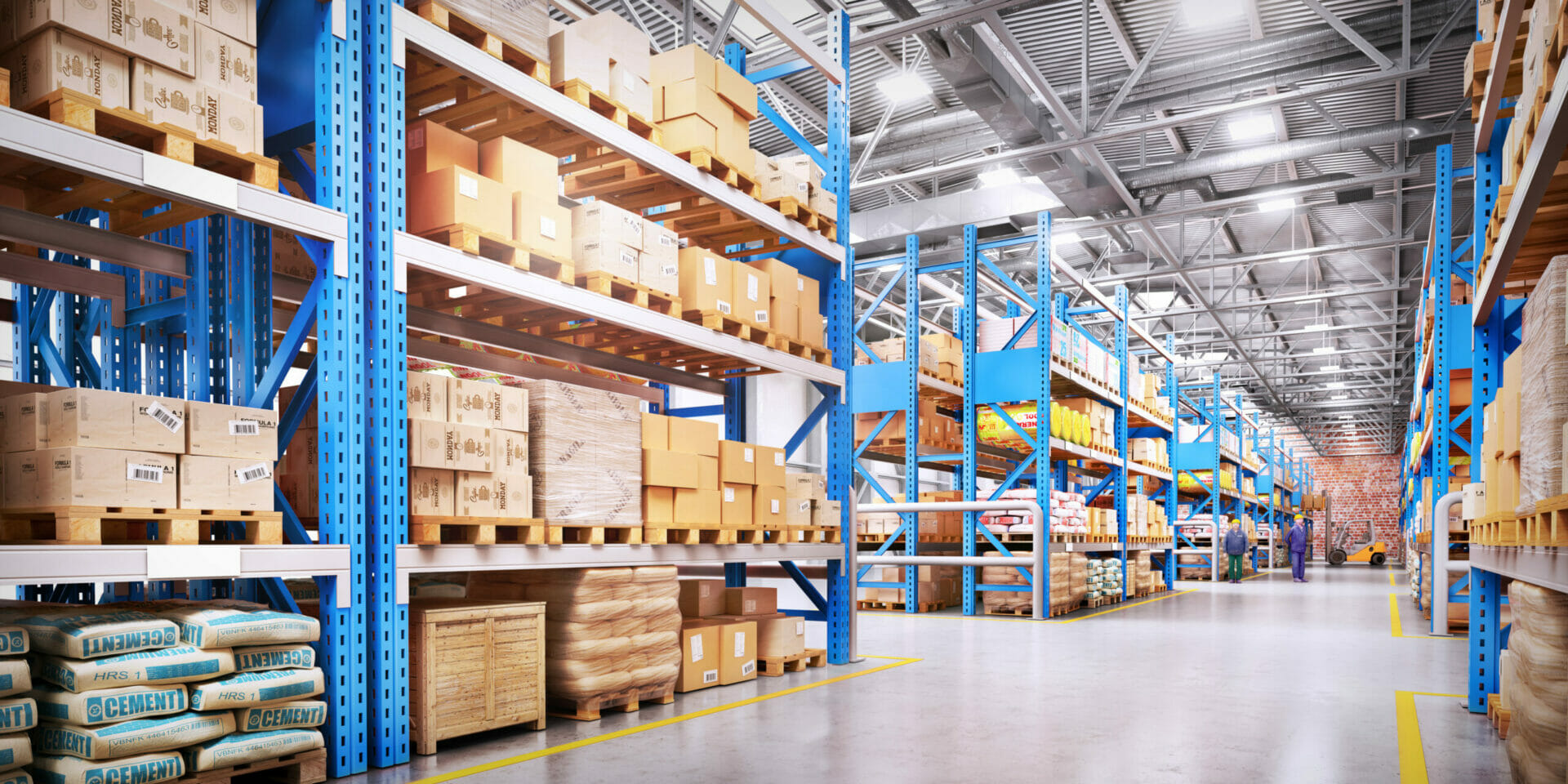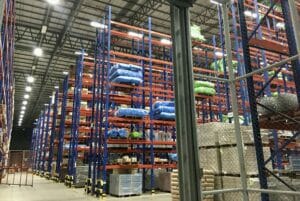
Why You Need the Best Commercial Lighting for Your Warehouse
Properly lighting a warehouse steel building is crucial. When working with various kinds of equipment, tools, and machinery, your team’s safety is of utmost importance. Serious workplace accidents, or even death, might occur if the facility you operate in is not properly lit throughout every area. You can’t risk not having appropriate lighting, but you must also make sure that the lighting you choose is cost-effective and has a high ROI.
However, the best warehouse lighting depends on a variety of factors, each of which must be carefully considered. It is not always an easy task, especially since there are also several options. Although it could seem like a daunting task, it isn’t.
With this post, you will be in a position to make the right decision, regardless of what the needs of your warehouse are. Let’s start by looking at the three major types of industrial warehouse lighting on the market.
Different Types of Industrial Lighting Sources to Consider
There are 3 major industrial lighting solutions that you can use. Each has its set of advantages and disadvantages:
HID (High-Intensity Discharge) Lamps
High-intensity discharge lamps have been a mainstay of warehouse lighting for a long time, and they are still in use. These high-quality lights are also the most affordable in the market. However, they also have the fastest rate of lumen depreciation and are the least adaptable in terms of color temperatures. They, therefore, end up being slightly more expensive than other options because of their energy consumption.
High-pressure sodium lamps provide light with a color temperature between 2200K and 2400K; however, it has a highly yellow tinge. In contrast, metal halide lamps have a color temperature of between 4000K and 4500K, which is substantially whiter.
Additionally, before attaining full illumination, all HID systems must be warmed up. Then, they must also cool down after being shut off before they can be turned on. Because of this, during a power surge, the lights could go out for up to fifteen minutes.
Fluorescent and Metal Halide Lamps
Fluorescent lighting can replace HIDs for people on a tight budget who want a more energy-efficient lighting solution. Fluorescent lighting uses less electricity. They also come in a wide variety of sizes and shapes with color temperatures ranging from 2700K to 6500K, giving you much more variety to choose from.
However, there are specific operating temperatures for fluorescent high bay lights. Fluorescent lights cannot be used when it is severely cold or hot outside. Therefore, extremely cold or extremely hot warehouses may shorten their lifespan. Using them in warehouses where the lights are regularly turned on and off will also have the same effect.
There are also metal halide lamps that are similar to fluorescent lamps but vary in several fundamental ways. You should therefore be careful about putting them all together in the same category.
For instance, when you turn on a metal halide lamp, there is a warm-up period. Fluorescent lights don’t have this problem because of their re-striking and “instant on” features that don’t require cooling down. Overall, when comparing metal halide lights to fluorescents, fluorescents are better at energy efficiency.
Light Emitting Diodes (LED Fixtures)
Industrial LED lighting fixtures are the most energy-efficient and customizable way to light your warehouse. They use less energy than any other source of light while producing an equivalent or greater amount of lumens.
For new construction, full fixtures with LED lights are available for purchase. They can also be retrofitted into existing fixtures. From LED strip lights for walkways to LED high bay lights – there are many warehouse light fixture options available.
These bulbs have a lifespan of up to 100,000 hours, so you won’t need to change them as frequently. Unlike HIDs and fluorescents, they are free from frequent on/off cycles that affect their lifespan.
The main problem with LEDs is that they work exceptionally well at lower temperatures but are sensitive to high temperatures. Nevertheless, until temperatures approach 80 degrees Fahrenheit, the decrease in light output and life hours is typically insignificant.

Why LED Lights Are a Top Option for Most Warehouses
Due to their brightness and energy efficiency, LED lights are a fantastic choice for warehouses. They also last longer than typical incandescent lights, so you won’t have to replace them as frequently. They can also be positioned to fit the needs of any warehouse. Here are the three most critical aspects to consider when designing an efficient LED warehouse lighting plan:
Brightness
The brightness of your warehouse lighting is the main factor you should consider. The lights you want should be bright enough to allow for clear visibility but not so bright that they will be a distraction. A lux-meter is used to measure the brightness in your warehouse, and it is advised that you aim for at least 150 lux in the aisles and 250 lux in open areas.
Color Temperature
Your lights’ color temperature is another highly significant factor to consider. You want them to have a cool color temperature so they are easier on your eyes. LED light color temperatures are measured in Kelvin (K). A warm color temperature is between 3000K and 5000K, while a cool color temperature is between 400K and 5000K.
Energy Efficiency
It is critical that your lighting is efficient. You want your lights to use the least amount of energy possible so you can reduce power costs. The most energy-efficient lighting on the market is LED lights, which save energy expenditure by up to 75%. A light’s energy efficiency is evaluated in lumen/watt, and the range for high bay fixtures often falls between 100lm/w and 200lm/w, with the latter being the most energy-efficient.
Get the Best Features for Your Warehouse
Warehouses and industrial or manufacturing facilities need bright and consistent lighting in order to function properly. Including using vapor-tight fixtures outdoors, high bay fixtures for large areas, and wall pack fixtures for perimeter lighting.
Most importantly, picking the right type of light fixture is just as important as the number of fixtures needed and where they should be placed. The right system will drastically reduce maintenance costs, improve employee productivity and morale, and lower your energy consumption.
Reach out to Maverick Steel Buildings to get the best warehouse experience. We have been manufacturing warehouse steel buildings, industrial steel buildings, and other commercial steel buildings for many years. Our experience and expertise will help you get the most out of your warehouse. Contact us today to learn more about our products and services!